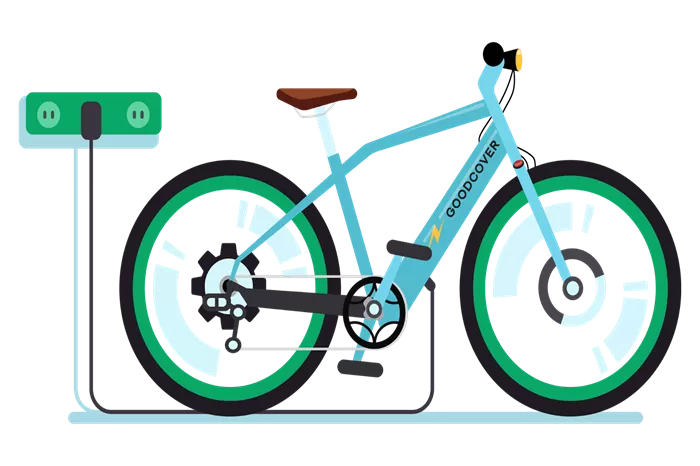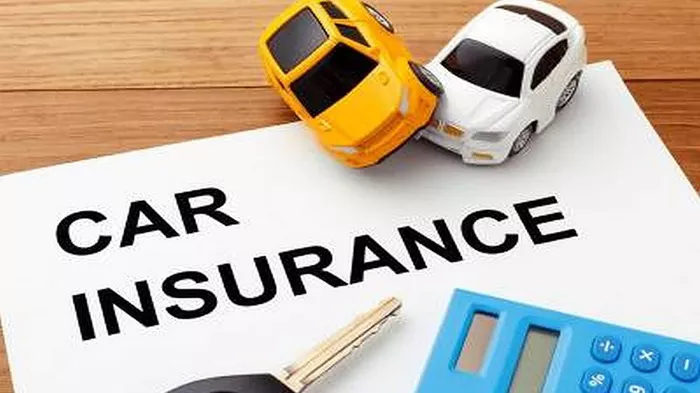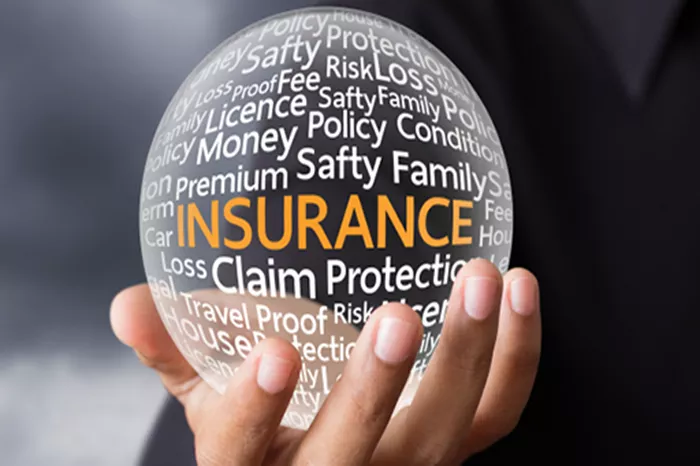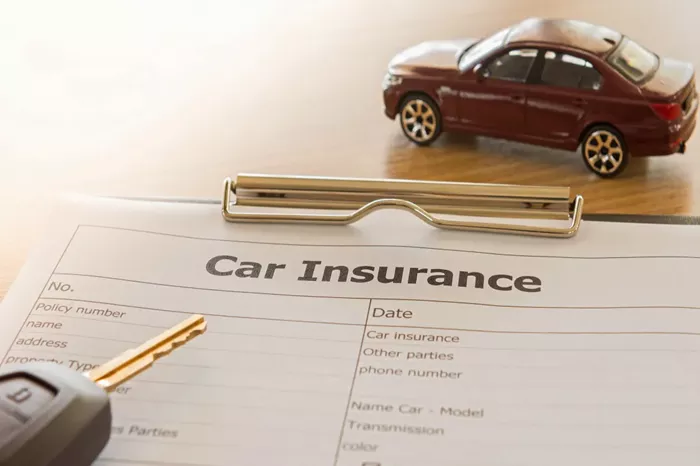Owning a home is a big achievement. It’s a place of comfort, memories, and safety. But with homeownership also comes responsibility. One important part of protecting your home is making sure you have the right insurance. Many homeowners believe that their standard homeowner’s insurance covers everything, including flood damage. Sadly, that is not the case.
Floods can be devastating, and they are more common than many people think. If you’re asking yourself, “Do I really need flood insurance if I own my home?” this article will help you answer that question with clarity and confidence.
Let’s explore what flood insurance is, who needs it, why it matters, and how you can decide if it’s right for your home.
What Is Flood Insurance?
Flood insurance is a special type of insurance that protects your home and belongings from damage caused by flooding. Flooding can happen in many ways, such as:
Heavy rain
Overflowing rivers or streams
Melting snow
Storm surges
Broken levees or dams
Flood insurance covers the cost to repair or replace your home and your belongings if they are damaged by this kind of water-related disaster.
Most people are surprised to learn that their regular homeowner’s insurance does not cover flood damage. That means if your home is hit by a flood, you could be left paying thousands—or even hundreds of thousands—of dollars out of your own pocket unless you have flood insurance.
Why Is Flood Damage Not Covered by Homeowner’s Insurance?
Insurance companies separate different kinds of risks. A standard homeowner’s policy usually covers fire, theft, and some types of water damage (like a burst pipe). But it does not cover damage from rising water that comes from outside your home.
Floods are treated differently because they can affect many homes at once. This makes it harder for insurance companies to manage the risk. That’s why flood insurance is handled through a different system, often through a federal program called the National Flood Insurance Program (NFIP).
Do I Live in a High-Risk Flood Area?
One of the first things to think about is where your home is located. The Federal Emergency Management Agency (FEMA) creates maps to show which areas are most likely to flood. These are called flood zones.
If your home is in a high-risk flood zone, you are more likely to face a flood. In fact, homes in these areas are required to have flood insurance if they have a mortgage from a federally backed lender.
But even if your home is in a low-risk or moderate-risk zone, that doesn’t mean you’re safe. Floods can still happen in these areas due to unexpected heavy rain, blocked drainage systems, or nearby construction that changes water flow.
FEMA says that over 20% of flood insurance claims come from homes in low or moderate-risk areas. That’s a big number.
Real Life: What Can a Flood Actually Do?
Flooding is not just a little water on the floor. It can cause major destruction. Here are some ways floods can damage your home:
Soaked walls, floors, and insulation
Mold and mildew growth
Broken appliances and ruined furniture
Electrical system damage
Foundation cracking or shifting
Destroyed personal items like clothes, books, or electronics
After a flood, it’s not just about cleanup. Many homeowners have to move out while repairs are made. This can take weeks or even months, depending on the damage.
Without flood insurance, you’d be responsible for paying for all of this yourself.
What Does Flood Insurance Cover?
Flood insurance usually includes two main parts:
Building coverage – This pays for the physical structure of your home. It includes walls, floors, plumbing, electrical systems, kitchen appliances, and even the foundation.
Contents coverage – This helps replace or repair your personal belongings, such as furniture, clothing, and electronics.
You can choose to buy both, or just one. Most people get both for full protection.
There are limits, though. For example, the NFIP typically covers:
Up to $250,000 for the building
Up to $100,000 for personal belongings
If you need more protection, you can buy extra coverage from a private insurance company.
How Much Does Flood Insurance Cost?
The cost of flood insurance can vary a lot. It depends on things like:
Your home’s location
The flood zone you’re in
The age and structure of your home
Whether you have a basement
The amount of coverage you choose
In high-risk areas, it can cost over $1,000 per year. But in lower-risk areas, it may be much less—sometimes just a few hundred dollars.
One thing to remember is this: the cost of not having flood insurance can be far greater. Just one inch of water in your home can cause over $25,000 in damage. That’s more than many people can afford to pay on their own.
Can I Get Help After a Flood Without Insurance?
Sometimes people assume the government will help if their home is flooded. That’s partly true, but there are limits.
After major disasters, the federal government may offer help through FEMA disaster assistance. But this is usually a loan—not a gift—and must be paid back. In contrast, flood insurance pays out after a covered event without repayment.
Also, FEMA aid is only available if the government declares the event a disaster. If not, you might get little or no help.
Having flood insurance means you won’t have to wait and wonder. You’ll know that you have the protection you need.
Should I Still Buy Flood Insurance If I Own My Home Free and Clear?
If you’ve paid off your mortgage, no one can force you to buy flood insurance. But that doesn’t mean it’s a smart idea to skip it.
Your home is likely your biggest asset. Without flood insurance, that asset could be destroyed in a matter of minutes. If you wouldn’t be able to afford repairs or rebuild on your own, insurance is a wise choice.
Even people who live in low-risk zones often decide to buy flood insurance for peace of mind. In fact, the premiums in these areas are often low enough to be very affordable.
How to Get Flood Insurance
There are two main ways to get flood insurance:
Through the NFIP – Most people get flood insurance through this federal program, which is managed by FEMA but sold by private insurance agents.
Through a private insurer – Some companies offer flood insurance outside the NFIP. These policies may offer higher limits, faster payouts, or extra options, depending on the provider.
It’s best to compare both types and see what works for you. An insurance agent can help guide you through the process.
One important note: there is usually a 30-day waiting period before your flood insurance kicks in. That means you can’t buy a policy right before a storm and expect to be covered. Plan ahead.
What If I Rent My Home?
If you rent your home, you don’t need to insure the building itself. But you might still want flood contents coverage. This helps protect your personal belongings inside the rental home or apartment.
Ask your landlord if the building has flood coverage. But remember, their policy won’t cover your stuff.
Conclusion
Let’s go back to the main question: Do I really need flood insurance if I own my home?
The answer depends on your situation. But in many cases, the answer is yes.
Floods are unpredictable, and they don’t only happen in high-risk areas. Even a small amount of water can lead to large repair bills. Homeowner’s insurance doesn’t cover it, and government help is limited.
If your home is your most valuable asset, flood insurance can help protect that investment. It can also give you peace of mind, knowing you’re covered in case the worst happens.
So even if you own your home outright and no one requires you to get it, flood insurance is worth considering. It may be one of the smartest financial decisions you ever make.
Related topic:
How Much Does Flood Insurance Cost in Tennessee?



















